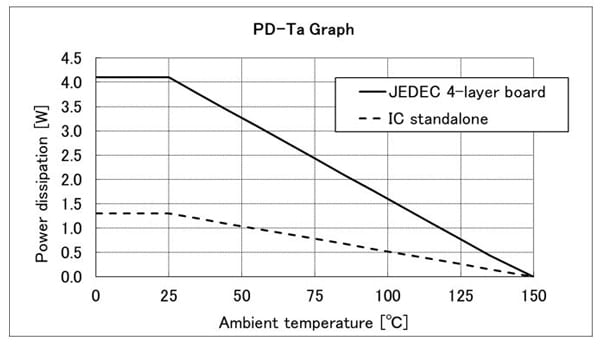- General Top
- SEMICONDUCTOR
- STORAGE
- COMPANY
-
My ToshibaSemicon
- Semiconductor Top
-
ApplicationsAutomotive
Body Electronics
xEV
In-Vehicle Infotainment
Advanced Driver-Assistance Systems (ADAS)
Chassis
IndustrialInfrastructure
BEMS/HEMS
Factory Automation
Commercial Equipment
Consumer/PersonalIoT Equipment
Healthcare
Wearable Device
Mobile
Computer Peripherals
-
ProductsAutomotive Devices
Discrete Semiconductor
Diodes
Transistors
Logic ICs
Analog Devices
Digital Devices
Wireless Devices
※
: Products list (parametric search)
Power SemiconductorsSiC Power Devices
※
: Products list (parametric search)
Isolators/Solid State RelaysPhotocouplers
Digital Isolators
Solid State Relays
Fiber Optic Transmitting Modules
※
: Products list (parametric search)
MOSFETsIGBTs/IEGTsBipolar Transistors※
: Products list (parametric search)
Diodes※
: Products list (parametric search)
MicrocontrollersMotor Driver ICsIntelligent Power ICs※
: Products list (parametric search)
Power Management ICsLinear ICs※
: Products list (parametric search)
General Purpose Logic ICsLinear Image SensorsOther Product ICsOther Product ICs
※
: Products list (parametric search)
-
Design & Development
-
Knowledge
- Where To Buy
- Part Number & Keyword Search
- Cross Reference Search
- Parametric Search
- Stock Check & Purchase
This webpage doesn't work with Internet Explorer. Please use the latest version of Google Chrome, Microsoft Edge, Mozilla Firefox or Safari.
require 3 characters or more. Search for multiple part numbers fromhere.
The information presented in this cross reference is based on TOSHIBA's selection criteria and should be treated as a suggestion only. Please carefully review the latest versions of all relevant information on the TOSHIBA products, including without limitation data sheets and validate all operating parameters of the TOSHIBA products to ensure that the suggested TOSHIBA products are truly compatible with your design and application.Please note that this cross reference is based on TOSHIBA's estimate of compatibility with other manufacturers' products, based on other manufacturers' published data, at the time the data was collected.TOSHIBA is not responsible for any incorrect or incomplete information. Information is subject to change at any time without notice.
require 3 characters or more.
Please explain the concept of permissible loss for motor drivers.
The permissible power dissipation is the maximum allowed power dissipation when the junction temperature Tj reaches its maximum rating of 150 ℃, under the condition that the ambient temperature Ta is 25 ℃. Consequently, this value changes as the temperature of Ta increases, requiring a derating calculation.

As an example, Fig. 1 below shows the relationship between power dissipation and ambient temperature for TB67S569FTG. The permissible power dissipation decreases as the ambient temperature exceeds 25 ℃. This reduction is due to the increased difficulty of heat dissipating into the surrounding air at higher temperature. Note that the allowed power consumption of the device is limited as the ambient temperature increase.
In addition, mounting the IC on a board reduces thermal resistance, resulting in a higher permissible power dissipation than when IC is used alone.
The permissible power dissipation for an IC when used alone, assumeno heat sink or PCB heat dissipation. The IC generates heat when a large current is applied. Without adequate heat dissipation, when the temperature reaches the detection threshold of the thermal shutdown function (TSD), the TSD will activate, causing the IC to shut down. If this condition persists, there is a high possibility that the IC will breakdown due to exceeding the absolute maximum rated temperature.
Therefore, please refer to the application note of each product and design the heat dissipation to ensure that the junction temperature does not exceed 150 °C, including a margin.
Related Links
The following documents also contain related information.

